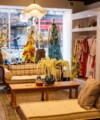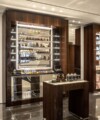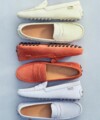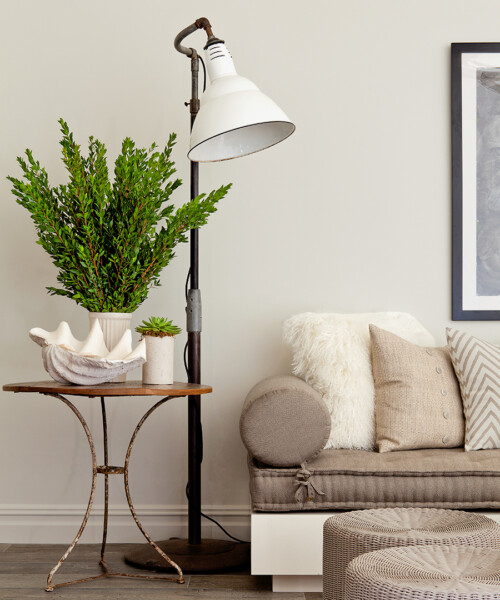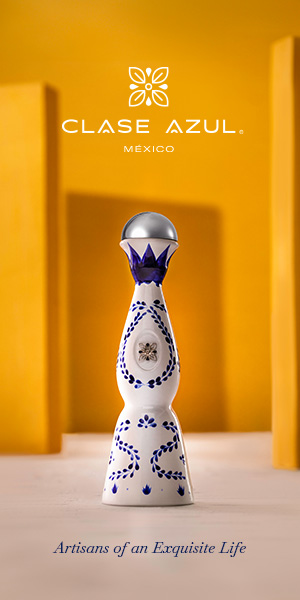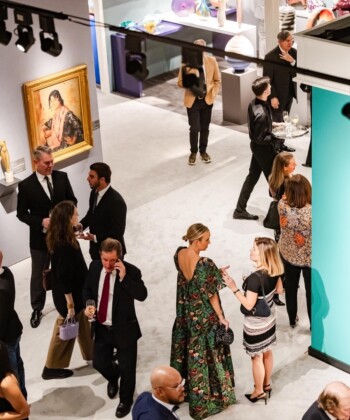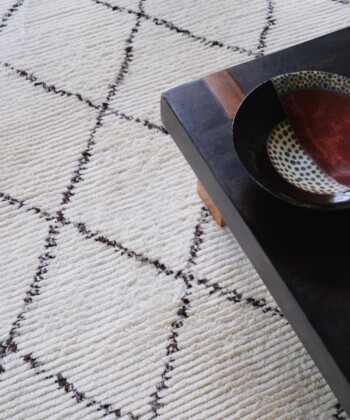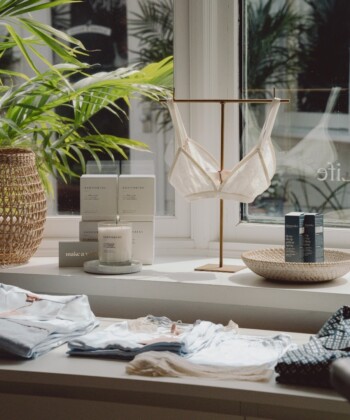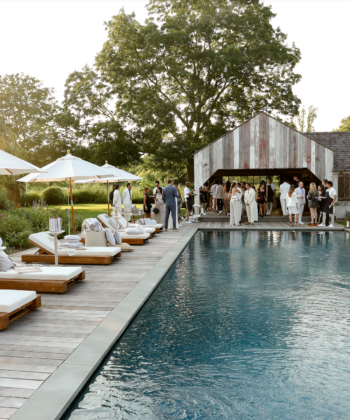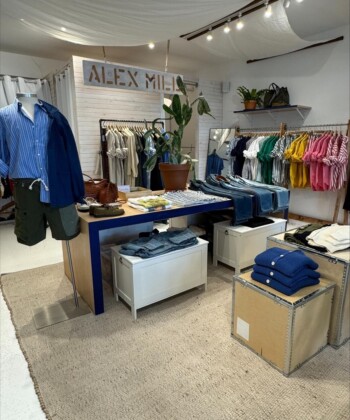It may seem obvious that a beach house should look and feel like, well, a beach house, but some New Yorkers with second homes in the Hamptons find it difficult to leave the city’s design sensibilities behind. Over the years, fussy window treatments, over-the-top moldings and decidedly beach-unfriendly upholstery have all enjoyed their moments in the Hamptons sun (or, rather, carefully guarded from it). But recently, interior designers say, tastes have shifted, and are now more in line with the relaxed ethos that ought to prevail in a beach community. Requests, they say, are flooding in for simple, uncluttered spaces that are kid-, dog- and wet bathing suit-friendly.
“People are moving in a more modern direction,” says John Bjørnen of the Sag Harbor-based firm Bjørnen Design. “Even those with big houses realize, ‘I’m not going to be the lord or lady of the manor; I don’t have 10 people on staff.’ They want something more approachable.” Nearly all of his clients, he reports, begin the conversation by telling him that they want a clutter-free space. “They don’t want their home to look overdecorated.”
But they also don’t want it to be boring. “People like pieces that tell a story. They want to be informed by their interior. There’s a slightly curatorial eccentricity,” he explains, adding that this encompasses an enthusiasm for all things local and artisanal.

The main living area in one of the penthouses at the Watchcase, designed by Steven Gambrel
Homeowners are very into “hands-on” design right now, agrees Mark Epstein of Mark Epstein Designs. It’s a preference that extends from finishes and fabrics to kitchens and gardens (which should be easy to maintain and geared toward vegetables that the growers can cook at home).
“There’s a lot of textured fabrics, sisal and seagrass. Ethnic fabrics are also popular—Ikat is very big—and reclaimed wood seems to be in every house I walk into,” Epstein continues. “For a while things were slicker, then they went traditional. Now people are turning their back on white lacquer furniture. They want wire-brushed oak and raw steel.”
“More patina and character, less slick and industrial,” concurs Steven Gambrel of S.R. Gambrel, who selected materials that would emphasize the existing brick walls and big-beamed ceilings of Sag Harbor’s Watchcase factory condos when designing its interiors.
The look, however, is not rough-hewn. It’s more about “quiet luxury.” For example, one of the houses Gambrel is working on will have handwoven textiles in materials like silk, “not quite rugged, but you can feel the texture.”
Indeed, such is the aversion to anything even remotely showy or fussy that Kyle Timothy Blood of Kyle Timothy Design says that he’s had to convince clients that even window sheers are okay. “I say, ‘Don’t be afraid of the sheers!’”
Blood says that he layers colored or cracked tile on hard surfaces in the kitchen and baths to create depth. “I think a lot of people say, ‘Oh, we’ll do everything white and Carrera and call it a day.’ But that looks really harsh.”

An airy bedroom designed by Kyle Timothy Blood
In the Hamptons, he adds, he always creates a hidden port for cellphones to charge so that people can turn off, too. “You need a place for everything and everyone in the house—the people, the kids, the dog. Only when the space is right can you start to think about aesthetics.”
The recent triumph of function has, designers say, largely been made possible by the advent of attractive indoor/outdoor fabrics like Sunbrella, which can now be made to replicate silk, sheers and velvet.
“I’m using it in every way imaginable so people can actually take their furniture outside. It’s freeing,” says Bjørnen. “People don’t want their dog or their kid to ruin things, and they’ve sort of resigned themselves to [choosing] something banal. They get very excited when I can tell them they can have the look they want.”
Which is as it should be, opines Barbara Dixon, the former editor of Elle Décor and Hamptons Cottage & Gardens. “For the most part, these are second homes. There should be a peacefulness and some reflection of actually being at the beach.”
Of course, this being the Hamptons, things are not entirely laid-back—several designers recall having to talk clients out of installing enormous contemporary art collections—and home offices and gyms remain a must.
“I’d like to tell you that all the luxury stuff has gone by the wayside and everyone’s interested in a simple wooden house like the summer of ‘42, but I would be lying,” says Gambrel. “People want to have a lot of luxuries. Maybe they want them more under the radar, but they still want them.”



